That time when the Hells Angels killed a man right in front of Mick Jagger

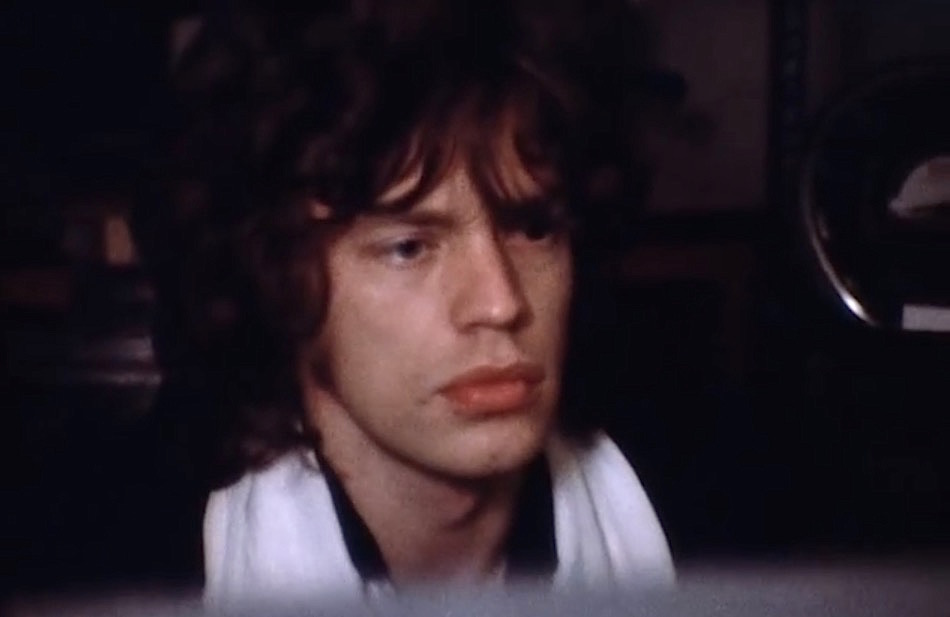
The biker gang shootout at a Twin Peaks "breastaurant" in Waco, Texas, which left nine dead, seems so shocking in part because biker gang violence hasn't been in the American news much for a few decades. But outlaw motorcycle gangs (or, yes, OMGs for short) used to make the headlines with some regularity, especially on the West Coast, starting with the 1947 biker riot in Hollister, California. Hunter S. Thompson, in Hell's Angels (1966), and Tom Wolfe (The Electric Kool-Aid Acid Test, 1968) wrote about the world's largest OMG, Hells Angels, in mid-1960s California.
By the late 1970s, murders and other crimes had led to the jailing of several biker gang leaders, prompting a shift to more muted, underground criminal enterprises, notably drug trafficking. In 1985, the FBI arrested 113 Hells Angels in a nationwide sting, charging them with racketeering and trafficking meth and other drugs. The Hells Angels and the other three major OMGs — the Outlaws, the Pagans, and the Bandidos, alleged instigators of the Waco shootout — took their bloodshed overseas, with notable flare-ups in Canada, Australia, and Scandinavia.
But probably the craziest story about biker gangs is from the disastrous Altamont Speedway Free Festival, held in December 1969 at a racetrack about 60 miles north of San Francisco. The lineup was amazing: Santana, Jefferson Airplane, Crosby Stills Nash & Young, the Grateful Dead, and the Rolling Stones as headliners. The concert was a mess. After Jefferson Airplane singer Marty Balin was knocked out cold by a Hells Angel during the band's set, the Grateful Dead — co-organizers of the festival — skipped out, fleeing in a helicopter before their scheduled performance.
The Week
Escape your echo chamber. Get the facts behind the news, plus analysis from multiple perspectives.

Sign up for The Week's Free Newsletters
From our morning news briefing to a weekly Good News Newsletter, get the best of The Week delivered directly to your inbox.
From our morning news briefing to a weekly Good News Newsletter, get the best of The Week delivered directly to your inbox.
There were a lot of causes for the mayhem, most of them stemming from the slapdash nature of the event. But the decision to essentially hire the Hells Angels as security, paying them with $500 worth of beer, proved catastrophic. The Angels were drunk and belligerent by evening, and during the Stones' set, while Mick Jagger was singing "Under My Thumb," an Angel named Alan Passaro stabbed a gun-wielding concertgoer named Meredith Hunter. Other Angels kicked and stomped on him, and Hunter died. Amazingly, the killing was captured on camera, featured in the the 1970 documentary Gimme Shelter. You can watch Jagger view the killing on film for the first time in the clip below. — Peter Weber
A free daily email with the biggest news stories of the day – and the best features from TheWeek.com
Peter has worked as a news and culture writer and editor at The Week since the site's launch in 2008. He covers politics, world affairs, religion and cultural currents. His journalism career began as a copy editor at a financial newswire and has included editorial positions at The New York Times Magazine, Facts on File, and Oregon State University.
-
 Political cartoons for January 4
Political cartoons for January 4Cartoons Sunday's political cartoons include a resolution to learn a new language, and new names in Hades and on battleships
-
 The ultimate films of 2025 by genre
The ultimate films of 2025 by genreThe Week Recommends From comedies to thrillers, documentaries to animations, 2025 featured some unforgettable film moments
-
 Political cartoons for January 3
Political cartoons for January 3Cartoons Saturday's political cartoons include citizen journalists, self-reflective AI, and Donald Trump's transparency
-
 A peek inside Europe’s luxury new sleeper bus
A peek inside Europe’s luxury new sleeper busThe Week Recommends Overnight service with stops across Switzerland and the Netherlands promises a comfortable no-fly adventure
-
 Son arrested over killing of Rob and Michele Reiner
Son arrested over killing of Rob and Michele ReinerSpeed Read Nick, the 32-year-old son of Hollywood director Rob Reiner, has been booked for the murder of his parents
-
 Rob Reiner, wife dead in ‘apparent homicide’
Rob Reiner, wife dead in ‘apparent homicide’speed read The Reiners, found in their Los Angeles home, ‘had injuries consistent with being stabbed’
-
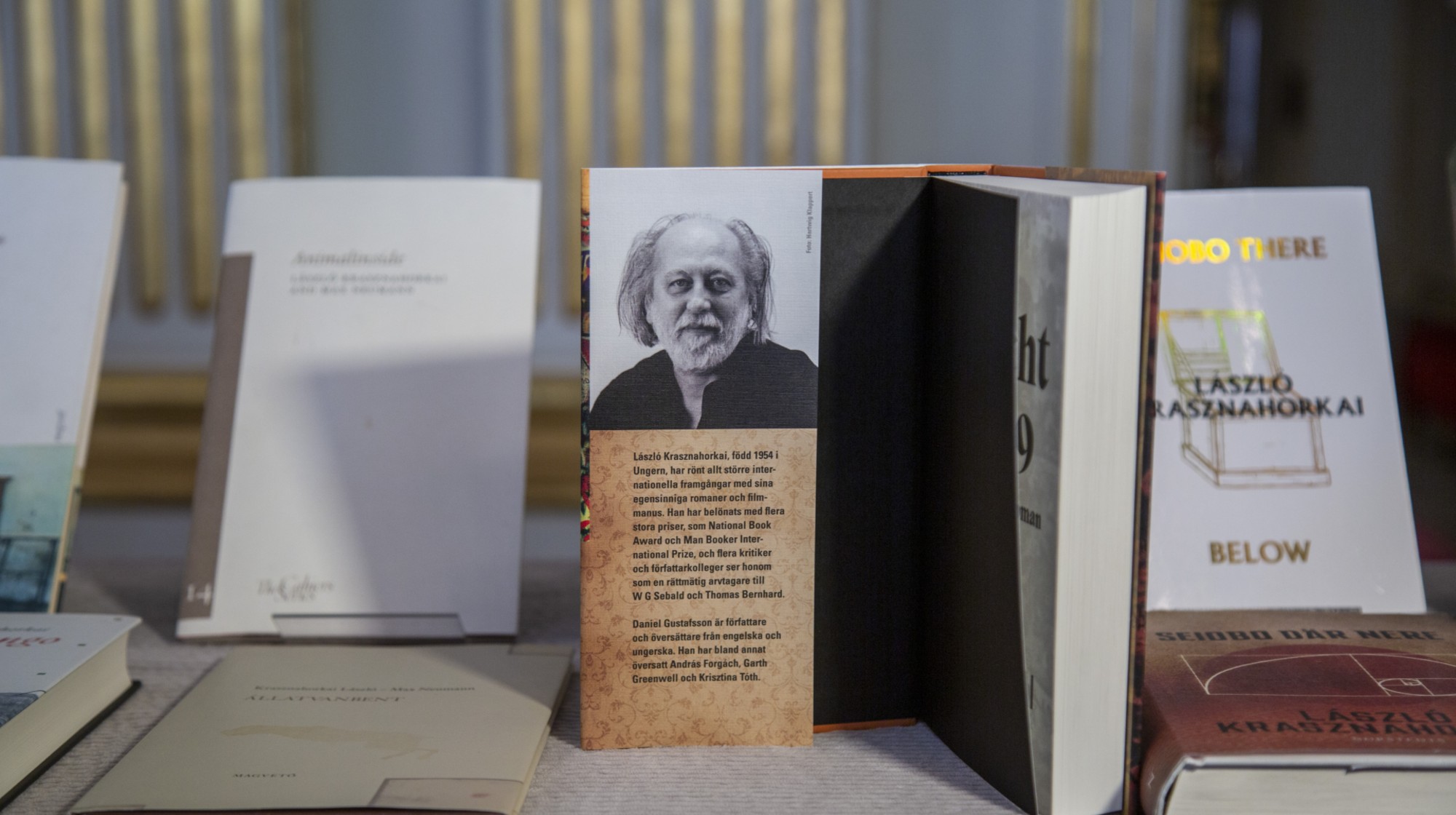 Hungary’s Krasznahorkai wins Nobel for literature
Hungary’s Krasznahorkai wins Nobel for literatureSpeed Read László Krasznahorkai is the author of acclaimed novels like ‘The Melancholy of Resistance’ and ‘Satantango’
-
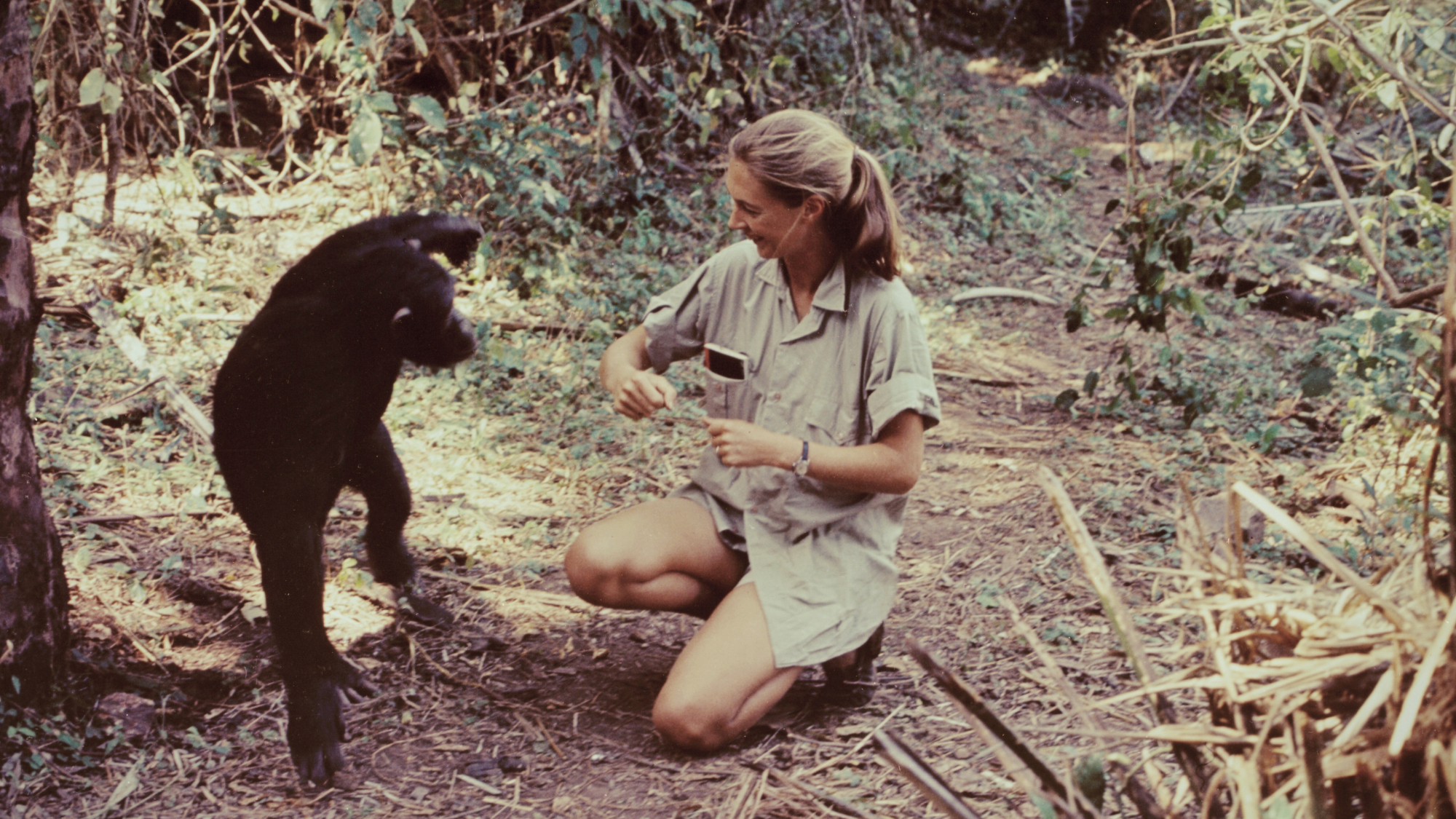 Primatologist Jane Goodall dies at 91
Primatologist Jane Goodall dies at 91Speed Read She rose to fame following her groundbreaking field research with chimpanzees
-
 Florida erases rainbow crosswalk at Pulse nightclub
Florida erases rainbow crosswalk at Pulse nightclubSpeed Read The colorful crosswalk was outside the former LGBTQ nightclub where 49 people were killed in a 2016 shooting
-
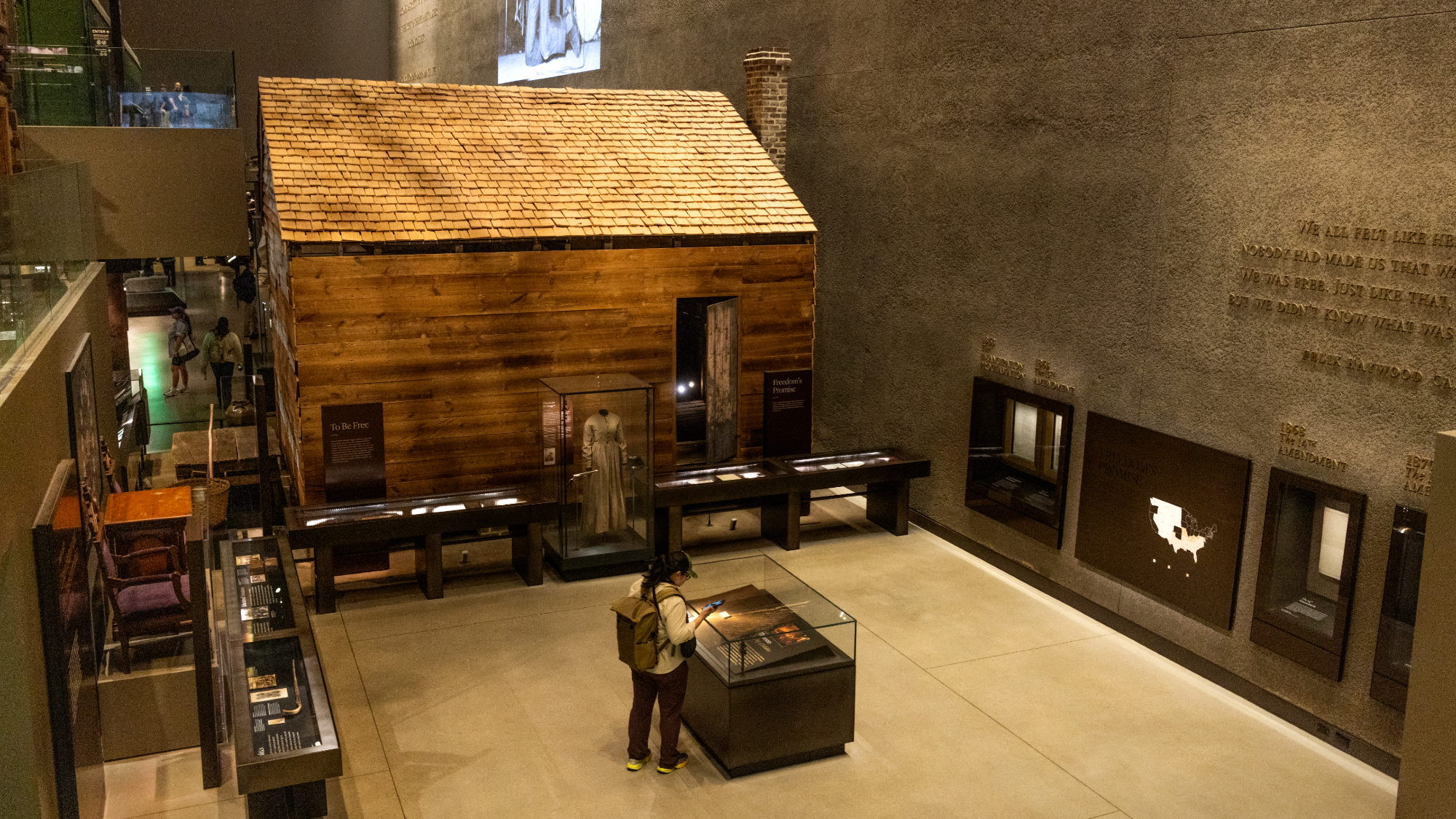 Trump says Smithsonian too focused on slavery's ills
Trump says Smithsonian too focused on slavery's illsSpeed Read The president would prefer the museum to highlight 'success,' 'brightness' and 'the future'
-
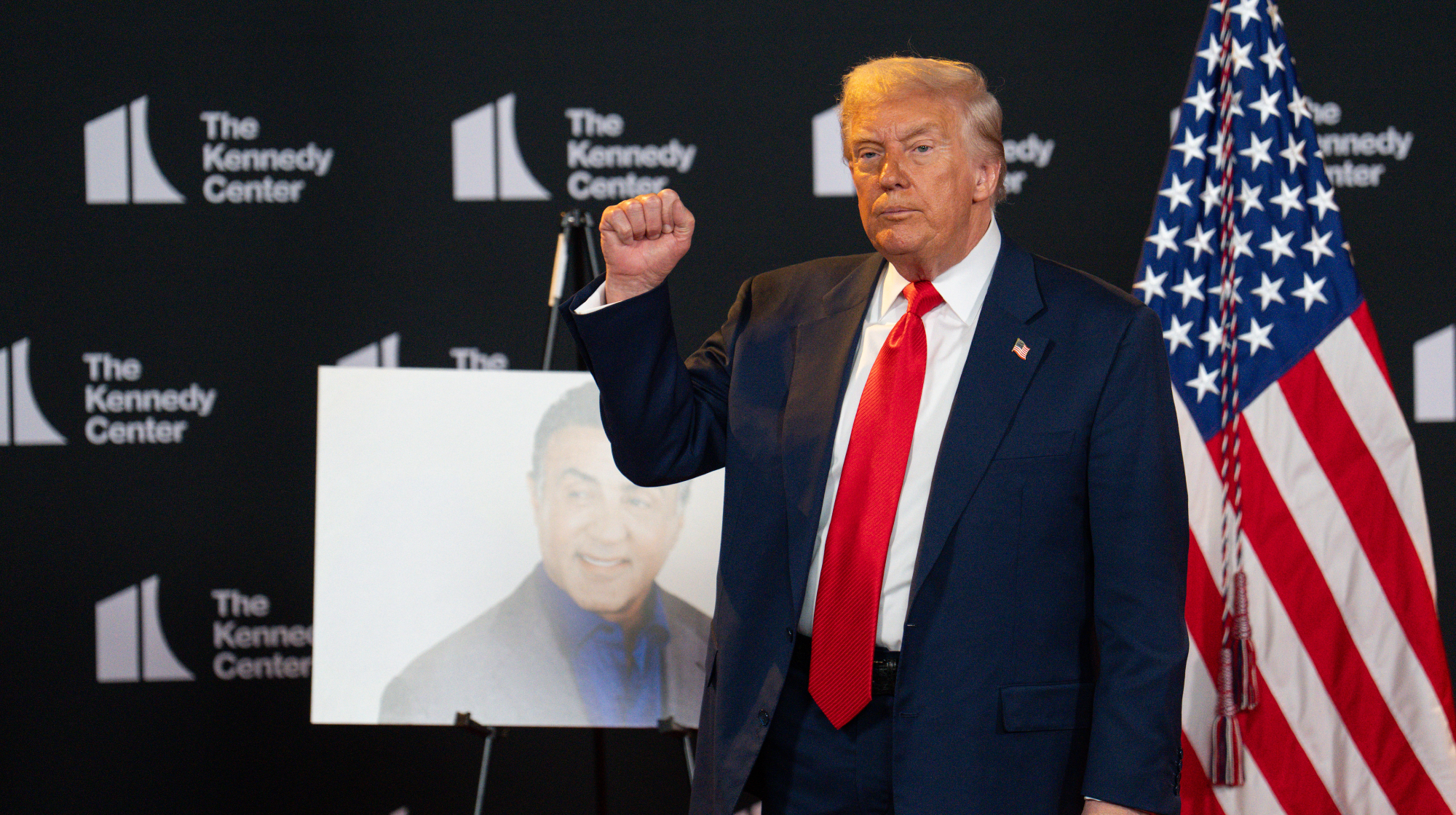 Trump to host Kennedy Honors for Kiss, Stallone
Trump to host Kennedy Honors for Kiss, StalloneSpeed Read Actor Sylvester Stallone and the glam-rock band Kiss were among those named as this year's inductees
